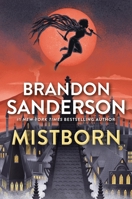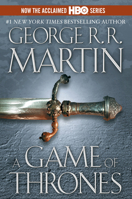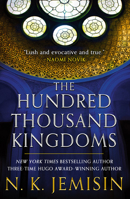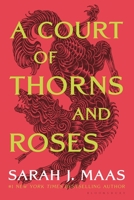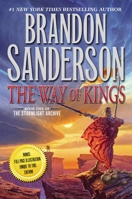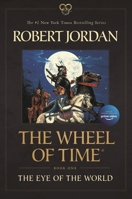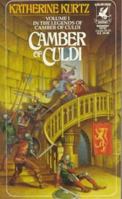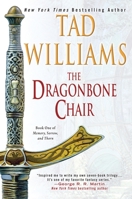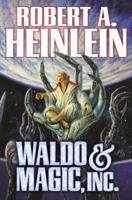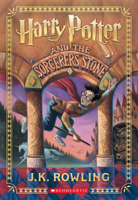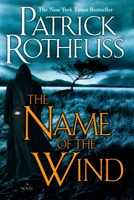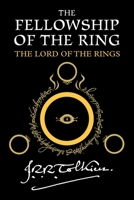13 Fantasy Recs Based on Magic Style
By Ashly Moore Sheldon • June 21, 2022
When it comes to the use of magic in fantasy fiction, it may seem like anything goes. It's magic, so there are no limits right? Not so, says Mistborn author Brandon Sanderson. Sanderson, who teaches creative writing at Brigham Young University, has popularized the idea of categorizing magic systems as either hard magic or soft magic. Here, we explore both kinds of magic and offer five recommendations for each kind.
The Whimsy of Soft Magic
Soft magic systems are mystical and amorphous, never fully understood. There is the sense that anything could happen. In order for this to work well, the creator must develop a sense of balance and harmony. The use of magic should come at some cost to those who wield it. Conditions must feel equally daunting toward both the protagonist and the antagonist. Here are some great examples demonstrating the sheer wonder of soft magic.
Game of Thrones
There's a reason that George R. R. Martin's series inspired the HBO hit show that had us all on the edges of our collective seats. The propulsive magic in this saga took varied forms and never failed to surprise us with its thrilling possibilities and epic scale.
The Hundred Thousand Kingdoms
N. K. Jemisin has developed a reputation for creating complex and mysterious worlds that vibrate with intense currents of strange, and little understood, powers. In her debut series, a young woman struggles to navigate the powerful, enchanted kingdom she inherits.
The Last Unicorn
The wondrous world so beautifully imagined by Peter S. Beagle in this classic fantasy brings to mind a kind of fairy-tale magic, ancient and unknowable. The characters are on a path of self-discovery, searching for the things we all want: safety, companionship, and belonging.
A Court of Thorns and Roses
Immortal faeries, mystical worlds, and ancient wicked forces. Sarah J. Maas excels in conjuring up seductive, action-packed fantasies flowing with powerful forces and hidden destinies. This one, the first in a series, reimagines The Beauty and the Beast.
A Hat Full of Sky
This YA novel is a part of Terry Pratchett's elaborate Discworld series and it is the second featuring young witch Tiffany Aching. Bogged down by the mundane tasks of her new apprenticeship, Tiffany has no idea that an evil, disembodied creature is pursuing her and it will take all of her strength to save herself.
The Chutzpah of Hard Magic
Hard magic systems seem more logical and ordered, somewhat like science. The key component is that the rules of a hard magic system are explained to the reader. Good examples of hard magic rely on impeccable worldbuilding, internal consistency, and a keen attention to detail. Some of our favorites include:
The Way of Kings
Considering Brandon Sanderson's public discourse on the importance of hard magic, he is a given for this category. This novel begins The Stormlight Archive series set on the planet Roshar, a world of stone and storms. The epic saga follows an elaborate cast of characters living in ten nations.
The Eye of the World
The first novel in the Wheel of Time series by Robert Jordan, which has drawn comparisons to The Lord of the Rings. The story concerns a group of villagers forced to flee their home to stand against The Dark One, a malicious entity sowing seeds of chaos and destruction.
Camber of Culdi
Set in the land of Gwynedd, ruled by an unscrupulous monarchy, this novel by Katherine Kurtz centers on the titular Camber, a noble and esteemed member of a magical race. After the tragic death of his son, Camber revolts against his land's tyrannical leaders.
The Dragonbone Chair
As a king lays dying, his sons vie for control, while an ambitious priest threatens the stability of the kingdom. Part of the Memory, Sorrow, and Thorn series by Tad Williams, this novel has been cited as a favorite by George R. R. Martin and Patrick Rothfuss for its intricate worldbuilding.
Waldo & Magic, Inc.
This novella by Robert A. Heinlein is set in a world where magic is a regulated resource, often mismanaged by bumbling bureaucrats. Waldo is a bit of a hermit who wants little to do with this system—until he learns that the solution to the Earth's problems also holds the key to his own.
The Best of Both Worlds
Many inventive world builders manage to have a marriage of hard and soft magic elements. By combining these elements, the magic can seem "real" yet still surprising. These series are some of the standouts for us.
Harry Potter
The beloved world created by J. K. Rowling is filled with whimsical, unexplained magical details like the moving pictures and animated chocolate frogs. But when it comes to spells, items, and creatures that impact the plot, readers generally get a rundown of the rules applying to the magic.
The Kingkiller Chronicles
In this series by Patrick Rothfuss, many different magic systems are studied at a university level and used with the utmost precision. But there is also a wild system, which exists outside the realms of these institutions. This system isn't fully understood by either the reader or the protagonist.
The Lord of the Rings
In J. R. R. Tolkien's sprawling masterpiece, the ring itself represents a hard magic system with clear rules understood by the reader. But, even though there are rules for other magic forces, like Gandalf for example, the reader isn't always privy to them, leading to some thrilling reveals.
Which kind of magic system do you prefer? Let us know if you have any recommendations to add.
And you can follow us on Facebook, Twitter, and Instagram to connect with a community of readers like you and get daily book recommendations, literary tidbits, and more.











